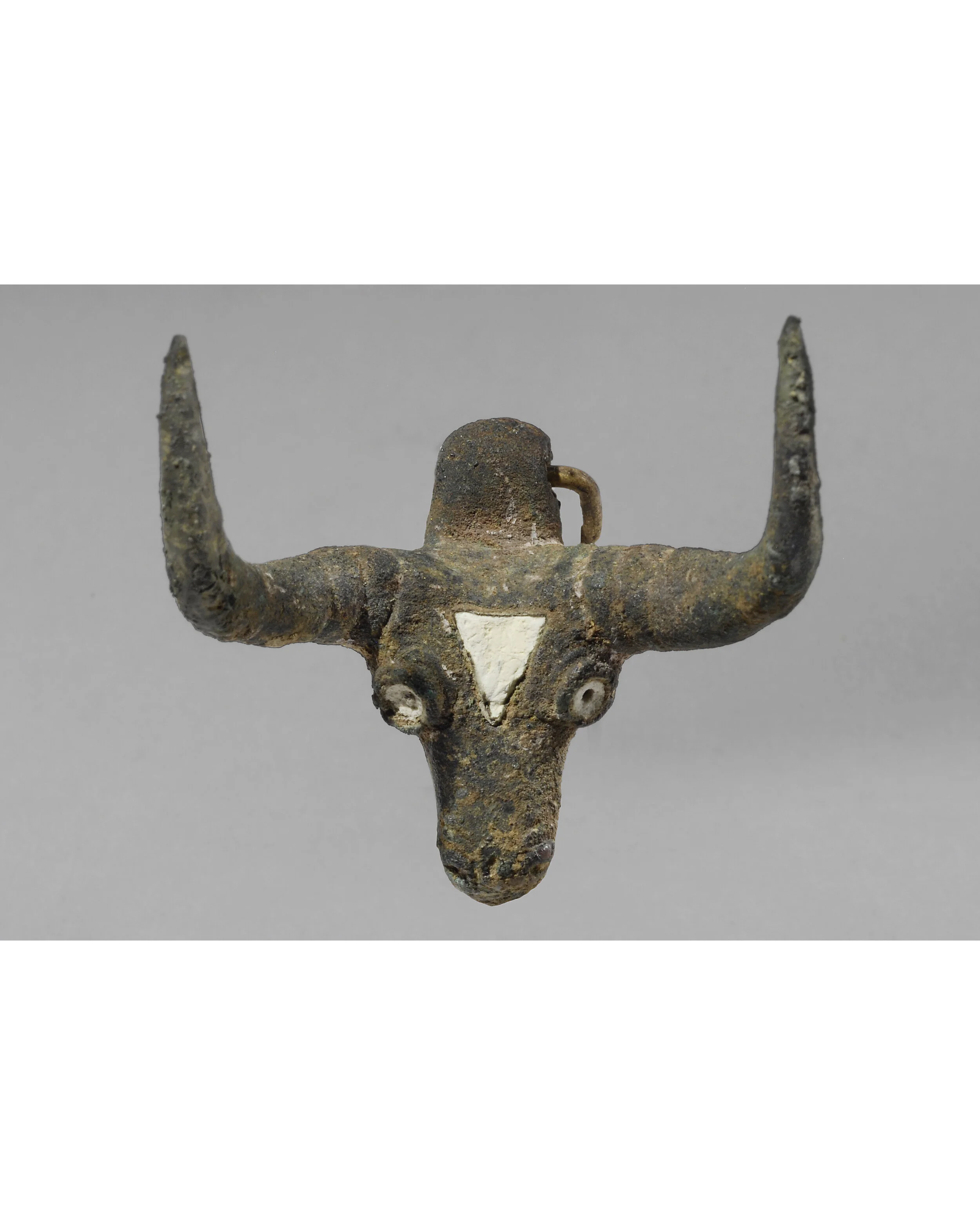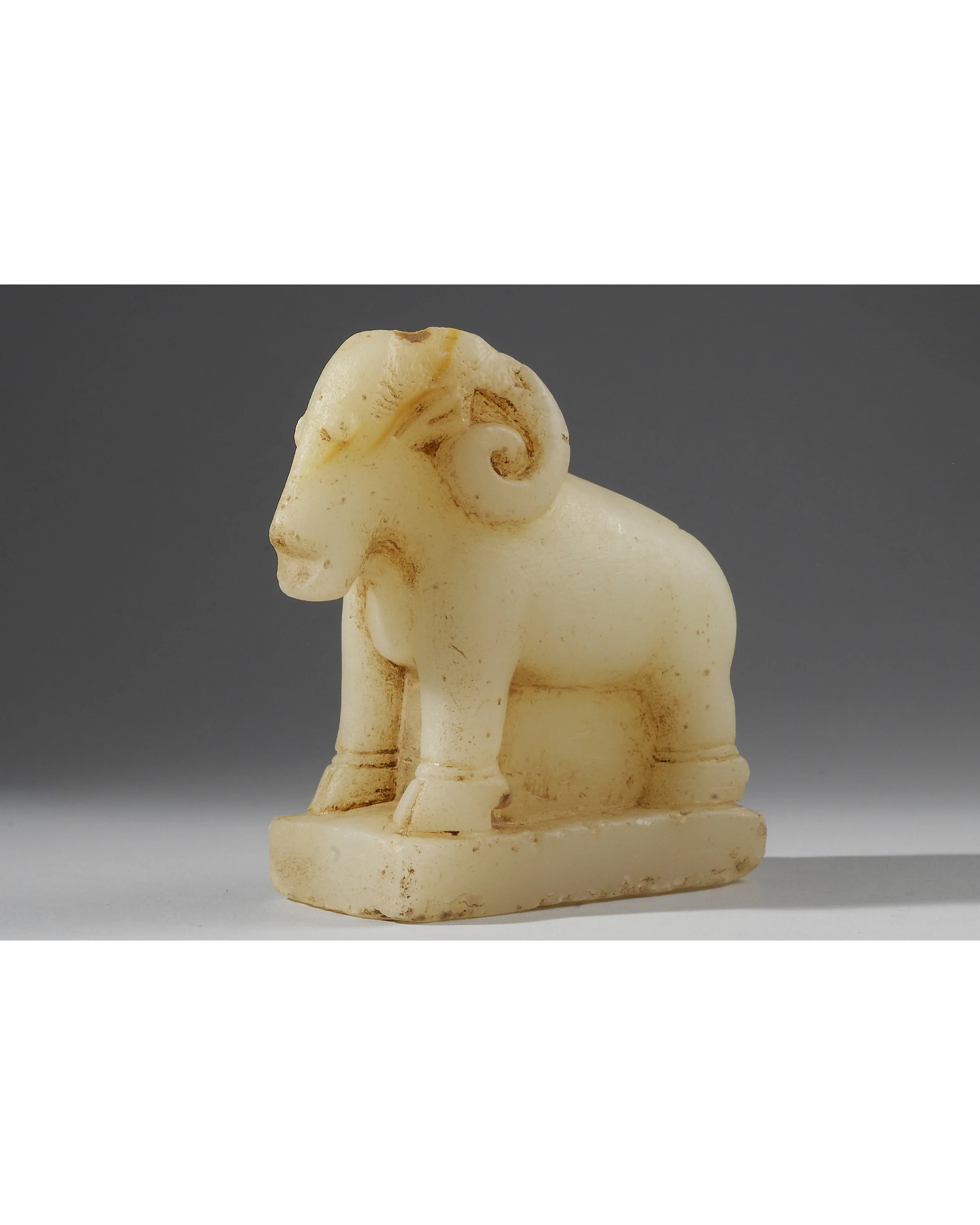Ancient Anatolian Marble Violin Idol



Ancient Anatolian Marble Violin Idol
Anatolian, middle of the 3rd millennium B.C.
Marble
H: 14 cm
Serial: 18535
This figurine, whose dimensions are slightly larger than the average, has a perfectly flat and circular body; two pointed stumps replace the arms; the long, thin neck is surmounted by a disk shaped head decorated with a side lock whose point is broken. From a typological point of view, this piece belongs to a class known as the Beycesultan-Kusura type, an intermediate variant of the Anatolian violin shaped statuettes.
In Western Anatolia, the tradition of schematic statuettes – that disappeared in the Aegean islands from the 3rd millennium B.C. – is still attested during the Ancient Bronze Age. The different types were often named after the places where they were discovered: for instance, the Beycesultan type (first half of the 3rd millennium) and the Kusura type (probably a little later) are among the most widely known groups. The first group is comprised of figurines characterized by their extremely flat silhouette and the rounded outline of the bodies; two small pointed stumps indicate the arms, while a long stalk represents the neck. The Kusura variant possesses a tripartite structure: a disk shaped head, a trapezoidal neck and a shield-like bust that often shares the same rough outline as the arms. There are also several statuettes of an intermediate type (violin shaped body, trapezoidal neck, round head) that the archaeologists call the Beycesultan-Kusura variant: like here, these statues often present a sculpted point on the side of their head, adorned with hatched incisions indicating perhaps a lock of hair or a headgear of a specific type, yet to identify.
CONDITION: Surface weathered and covered with encrustation; the upper part of the head and part of the body below the proper left arm were damaged in antiquity.
PROVENANCE: Acquired on the European art market, 2006
BIBLIOGRAPHY:
THIMME J., ed., Art and Culture in the Cyclades in the Third Millennium B.C., Chicago, 1977, pp.178-189, 386, nos. 511-520.
SPYCKET A., The Human Form Divine, From the Collections of E. Borowski, Jerusalem, 2000, p. 68, nos. 41 A-B.
Woman in Anatolia, 9000 Years of the Anatolian Woman, Istanbul, 1993, p. 73, nos. A82-84.









